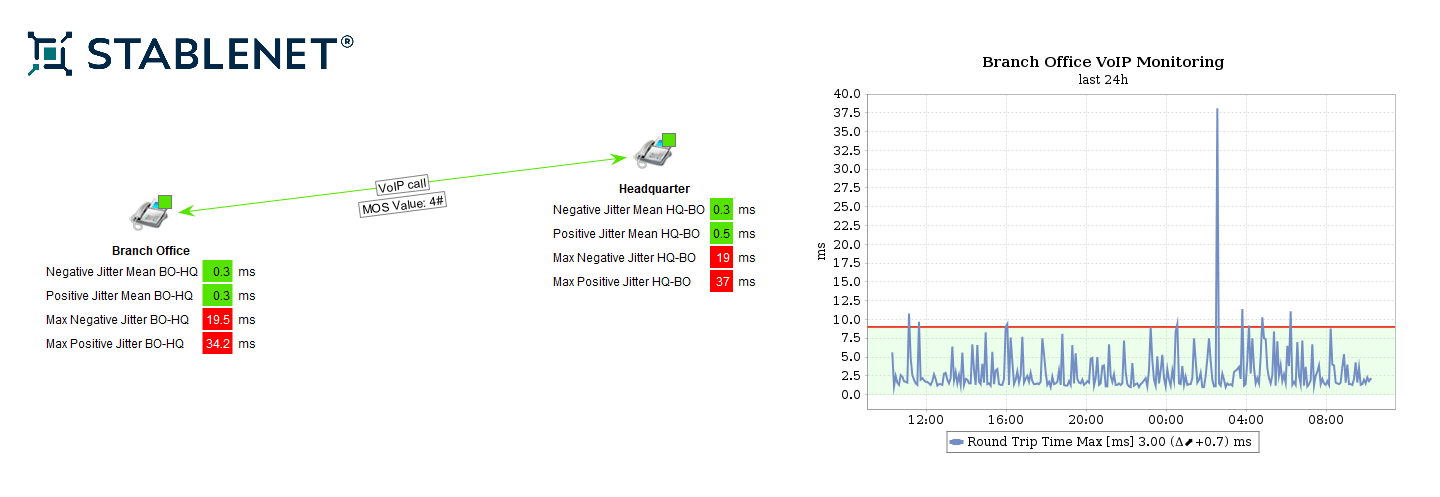End-to-End VoIP and Video Quality of Service Management
StableNet® Use Case – Performance & Service

A Single Tool for Infrastructure Management, Quality Control and Delivery Assurance
Find out how StableNet® empowers you to take control of your end-to-end VoIP and video services with a vendor-independent solution that monitors the performance of the underlying packet transport network.
Executive Summary
Implementing Voice over IP (VoIP) technology can provide numerous advantages for firms, but it can also introduce challenges in call quality and reliability. Many businesses find themselves unable to perform comprehensive analyses on their end when issues arise, often being told by service providers that the problem lies within their Local Area Network (LAN) or Wide Area Network (WAN). To ensure consistent control over reliability and Quality of Experience (QoE), firms need a solution that continuously monitors and manages these factors across the board. VoIP systems, while more reliable than ever and preferred in many markets, require strict quality assurance to capitalize on their benefits, given their reliance on converged IP infrastructure rather than traditional time-division multiplexing (TDM) networks.
StableNet® offers a comprehensive solution for VoIP quality assurance, addressing network infrastructure, transmission protocols, and end-user hardware and connection quality. It collects a wide range of Key Performance Indicators (KPIs) from diverse end-to-end measurement perspectives, including customer satisfaction metrics like Mean Opinion Score (MOS) and network-centric parameters such as latency, jitter, and packet loss. Utilizing Session Initiation Protocol (SIP) for signaling and Real-time Control Protocol (RTCP) for Quality of Service (QoS) measurements, StableNet® provides a holistic view of call quality and network performance. By consolidating and intelligently filtering call data, including Call Detail Records (CDRs), and augmenting it with comprehensive network infrastructure overviews, StableNet® empowers businesses to achieve true End-to-End Service Quality Assurance. This all-in-one platform simplifies workflows, reduces capital and operating expenditures, and enhances VoIP and video streaming network and service management.

Visualization Example: VoIP Call Monitoring between Branch Office and Headquarter
Request the full use case
Fill out the form and have the complete use case emailed to you immediately as a PDF.

Ready for multi-vendor network management?
Discover our Automated Network & Service Management Solution

Software
Made in Germany




